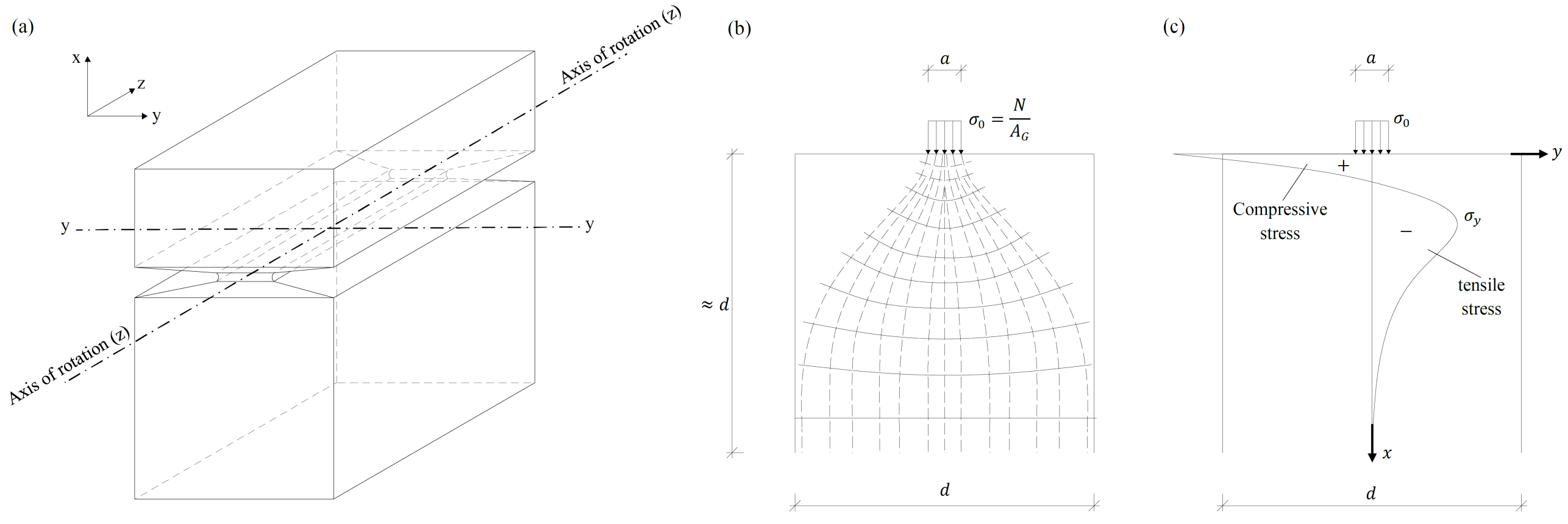Concrete hinges
Author: Tomislav Markić
Language: English
Abstract
Concrete hinges are articulated connections consisting of concrete. Making use of a tapered section depth, compression stresses are centred in a very small zone, allowing for large rotational movement while opposing little moment resistance.
Concrete hinges have been used for more than a century yet. Despite the good experience in the functionality, the high durability, the enormous load-bearing capacity and deformability, and the economical advantages, the application of concrete hinges has diminished later on. This is partially due to the fact that in current code provisions concrete hinges are not explicitly treated and their design and detailing usually relies on old guidelines not compatible with modern design concepts (partial safety factors, plasticity theory). Moreover, many issues which must be considered to ensure safe design, such as impact loads, transverse shear, torsional actions, are not covered by these guidelines. Hence, there is the necessity to further study concrete hinges and to adapt and develop the design rules.
After a first introductory chapter on concrete hinges in general, the focus shifts towards unreinforced one-way concrete hinges, also called Freyssinet hinges.
Through a literature survey of past experimental programmes and experience from practice, the state of the art regarding concrete hinges is investigated. The theoretical background of the various design rules is studied, with particular focus on the German model based upon the work of Fritz Leonhardt. The identified knowledge gaps and open questions regarding the design of concrete hinges are indicated.
Furthermore, the stress state in one-way concrete hinges is investigated by means of three-dimensional finite element analyses accompanied with simple analytical models. Special interest is dedicated to the confined concrete strength and its modelling with existing multiaxial concrete strength models. Based on the findings, a modification of Leonhardt’s design rules for axial loading and rotation is proposed. While maintaining the mechanical model developed by Leonhardt, the new design approach puts the confined concrete strength as central criterion upon which the design is based. Finally, additional recommendations are given for the reinforcement design in order to ensure an adequate confinement, especially in the regions farther from the throat and in longitudinal direction.
This thesis represents a first step into the renewed research on concrete hinges at ETH Zurich. A set of suggestions for future work and research is given at the end of the thesis.

